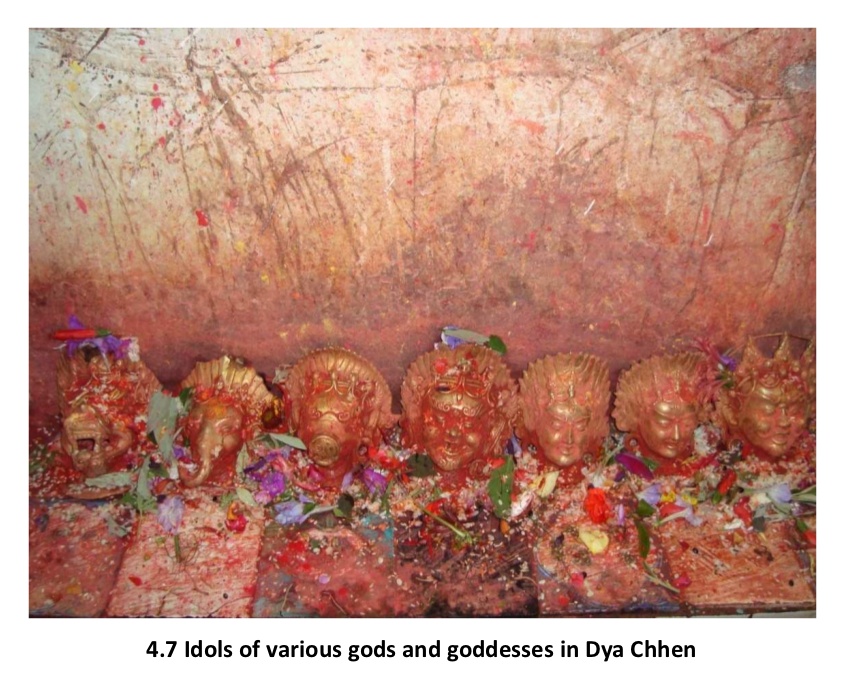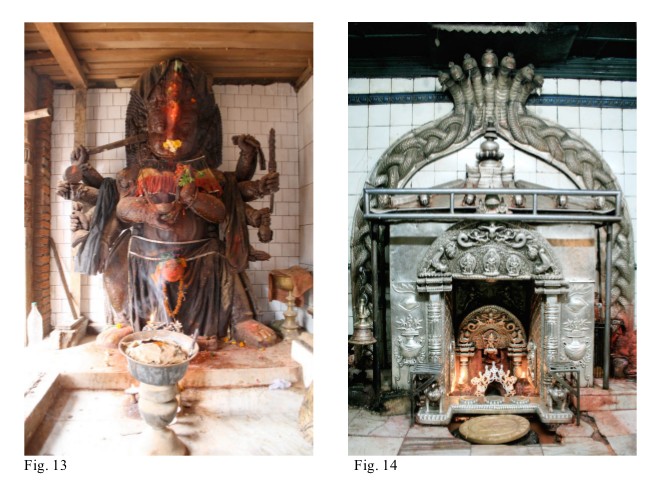Chan, Yiu-wing 陳耀榮. ‘An English translation of the Dharmatrāta-Dhyāna Sūtra (達摩多羅禪經 T15, no.618) — With Annotation and a Critical Introduction’. PhD diss., The University of Hong Kong, 2013. ix+548 pp. [official site]
From the Abstract
One of the early texts translated from Sanskrit into ancient Chinese in around 411 C.E. is called the Dharmatrāta-dhyāna-sūtra (T15, no.618) which was a detailed account of the meditational methods of Buddhasena and Dharmatrāta who were the two most renowned dhyāna teachers in Kaśmīra around 400C.E. They may be regarded as belonging to the tradition of the Sarvāstivāda Dārṣṭāntika masters who were characterized by their active interest in meditation and popular preaching in which they excelled in communicating through poems and allegories. […]
This sūtra essentially preserves the ancient Sarvāstivādin meditation teachniques. But it importantly incorporates Mahāyānistic-Tantric elements, such as the maṇḍala and visualization. […] As a result, it came to exert a great impact on the subsequent teaching and practice of Chinese Buddhism, particularly those of Buddhist meditation.



